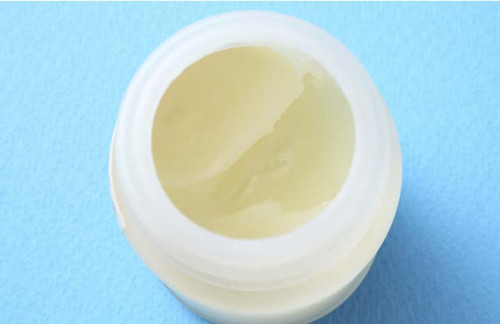Put That Cream Away and Keep Chafe at Bay
Posted by Jack Miller on 6th Aug 2019
Are you constantly looking for the best chafing product in the Gold Coast and none of the traditional remedies, especially creams, aren’t exactly working you? Sometimes whatever one does to keep chafe at bay, it keeps coming back irrespective of the lotion product you buy. You feel helpless because the chafing rash in Queensland, bothers you significantly. The hot sun blasts down towards you from Cairns to Toowoomba to Brisbane! Inner thigh chafing follows you everywhere and makes walking, running, and all other physical activities painful for you.
The foremost solution that comes to our minds for thigh chafing is the popular creams and gels. For the longest time, creams and gels have occupied this market, but actually, they aren’t all that useful. So, let’s have a look at the why the anti-chafe creams are an unsuccessful method to get rid of chafe.
1. They don’t stay
Predominantly thought of as the most effective prevention and treatment for inner thigh chafing, creams are not a practical and permanent solution. There is an innate problem with even the most popular creams, gels and petroleum jellies. They keep rubbing off and leave your thighs, and the skin on your thighs entirely exposed. You can apply as much cream as you want, but they will never work because they don’t stay on your legs for longer than 10 minutes. They also cannot create a physical barrier on top of your skin, and between your thighs, so your damaged skin will continue to be stripped away during all activities. Because of these fundamental reasons, they do nothing to stop chafing.
2. Not activity-friendly
Even the most sought-after Vitamin E creams in the market have been found ineffective by regular users. Vitamin E creams, also known as skin repair creams, can repair damaged skin, but they may not have great effects if you keep on walking, moving or performing physical activities. So, all in all, they are not exactly a practical solution. Though Vitamin E creams have claims towards repairing damaged skin, they do not provide sufficient protection from chafing. For any effect with these creams, it's best to put them on at night, after you've showered, and are getting ready for bed.
3. They pile on!
The texture of most ointments is sticky and leaves you sweaty, greasy and uncomfortable. It has always been the practical problem with these products. You apply a gel like, half solid half liquid product, to an already uncomfortable area, your upper thighs, and then you have to walk around with this squishy feeling, pretending everything is fine. One of the most unhygienic things, is that you have to go back into the bathroom every 15 minutes and re-apply the cream, so your hands become contaminated, and the tub of cream your using turns into a germy, microbial breeding ground. It is not a great way to handle your private chafing business. Most times, if you are already struggling with chafing, creams and lotions may additionally cause the sweat to lock in because of heavy gelatinous form. The discomfort is inevitable as sweat contains salt, which can further damage the skin. Many electrolytes release with sweat particles and tear up the sensitive thigh skin even further.
Wondering what could be the solution to painful thigh chafing?
Good quality Chafing Guards are perfect for those who suffer from chafing. They keep you comfortable while walking, running and even during athletic action. Well-designed thigh guards are comfortable, flexible, strong and reliable. They can keep your thighs chafe free while wearing your favourite shorts, skirts, pants and jeans.
Next time when the chafe comes your way, ditch the creams and ointments and opt for a practical and comfortable pair of anti-chafe thigh guards.

